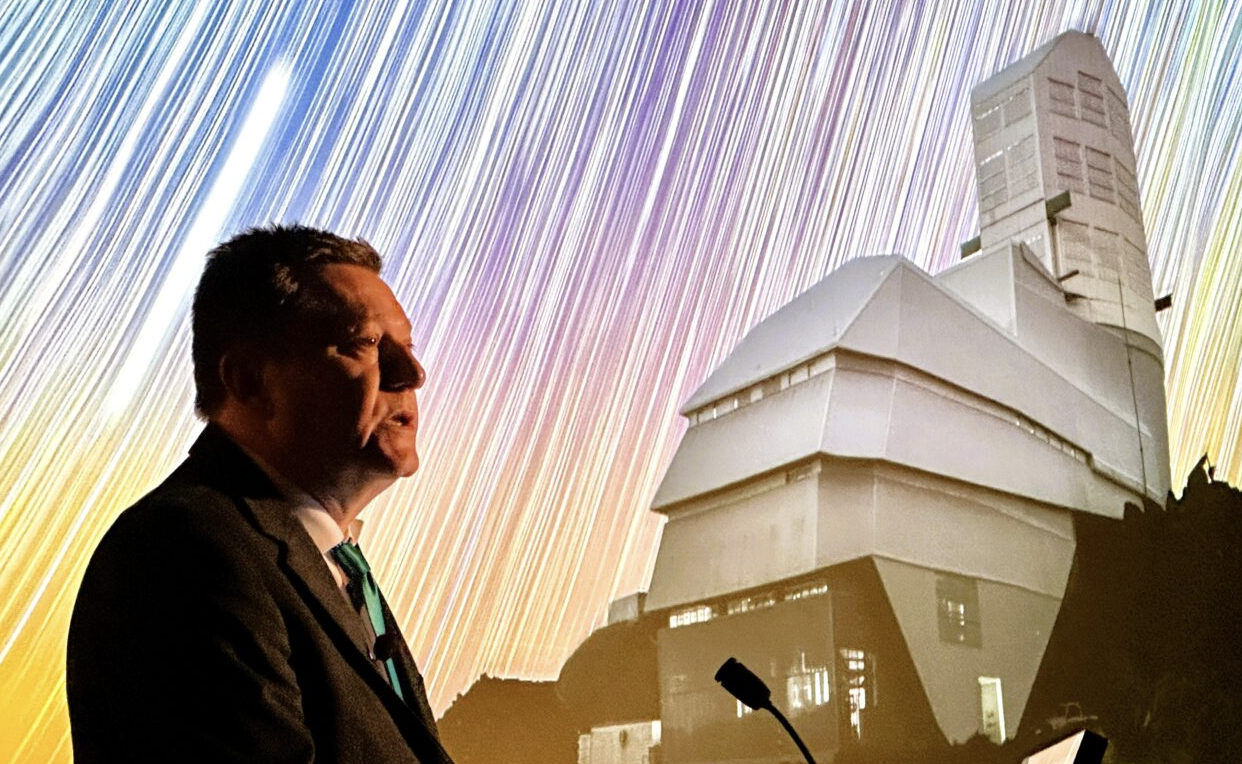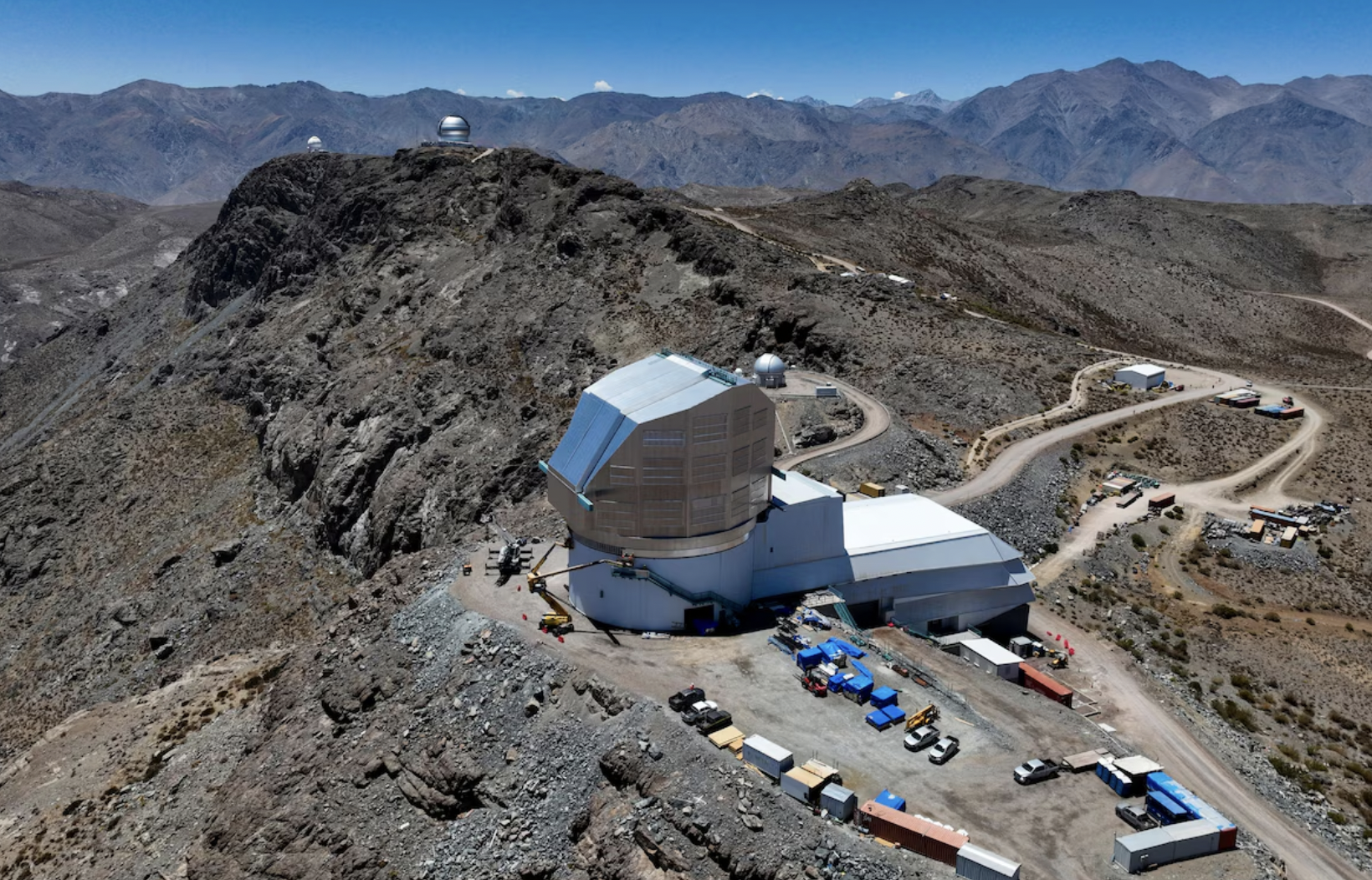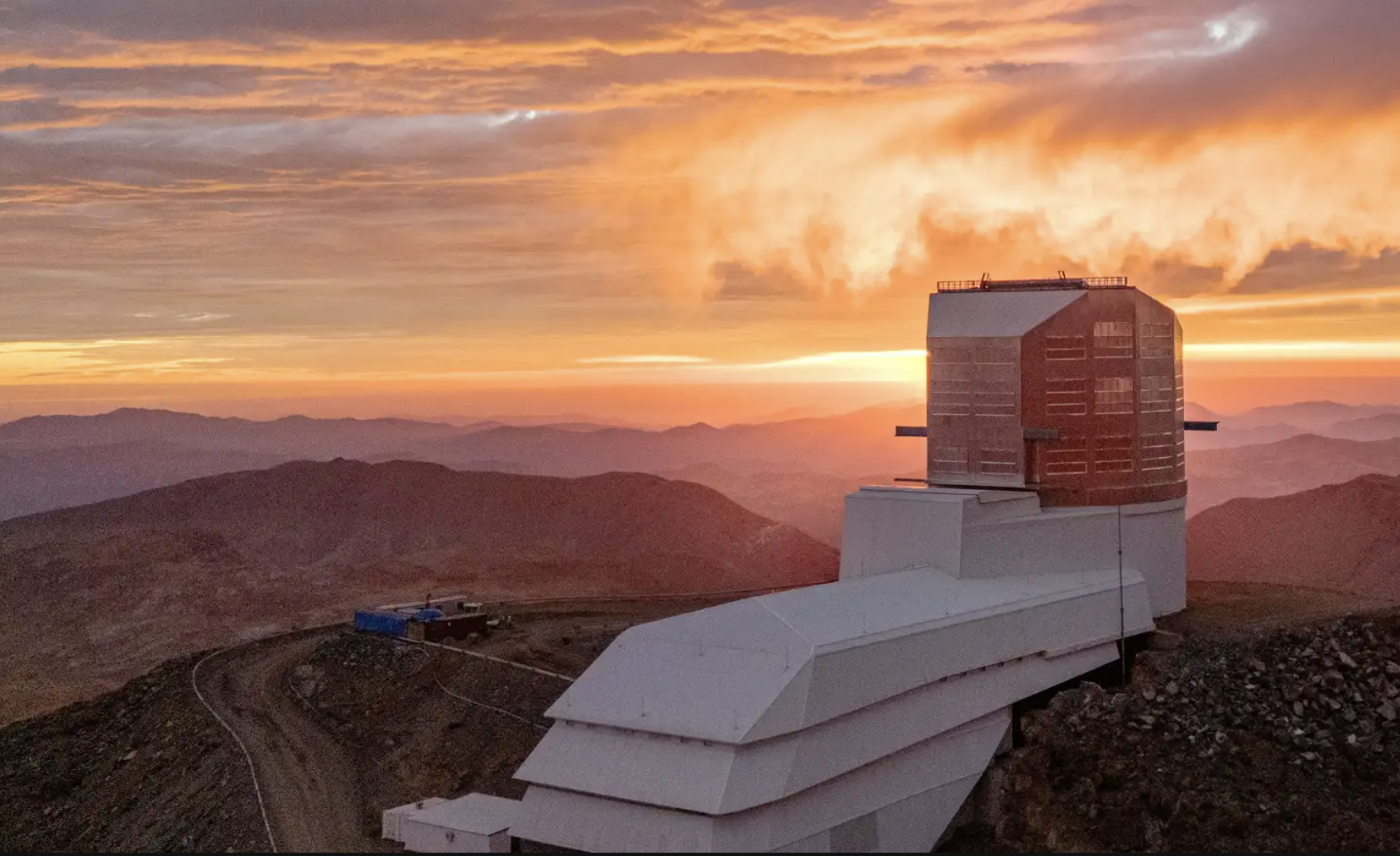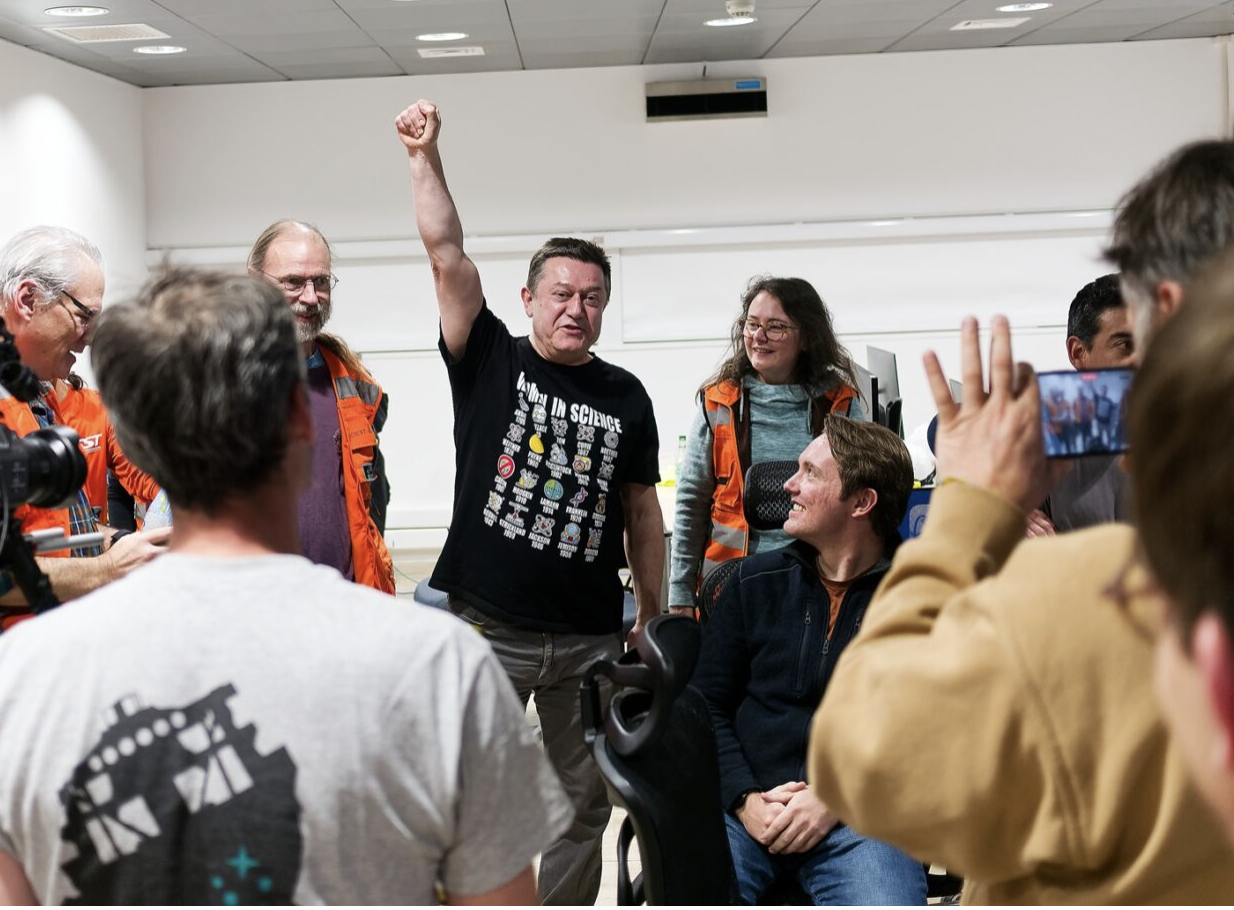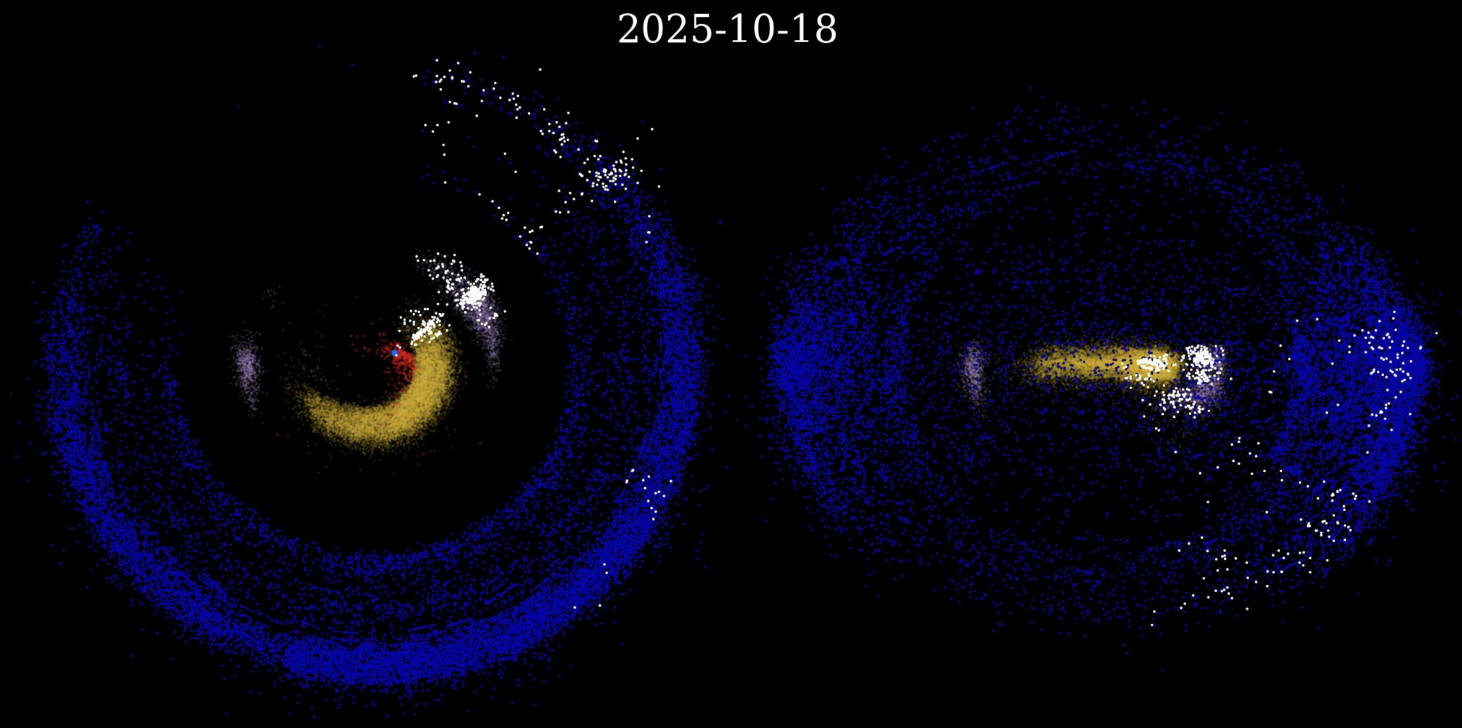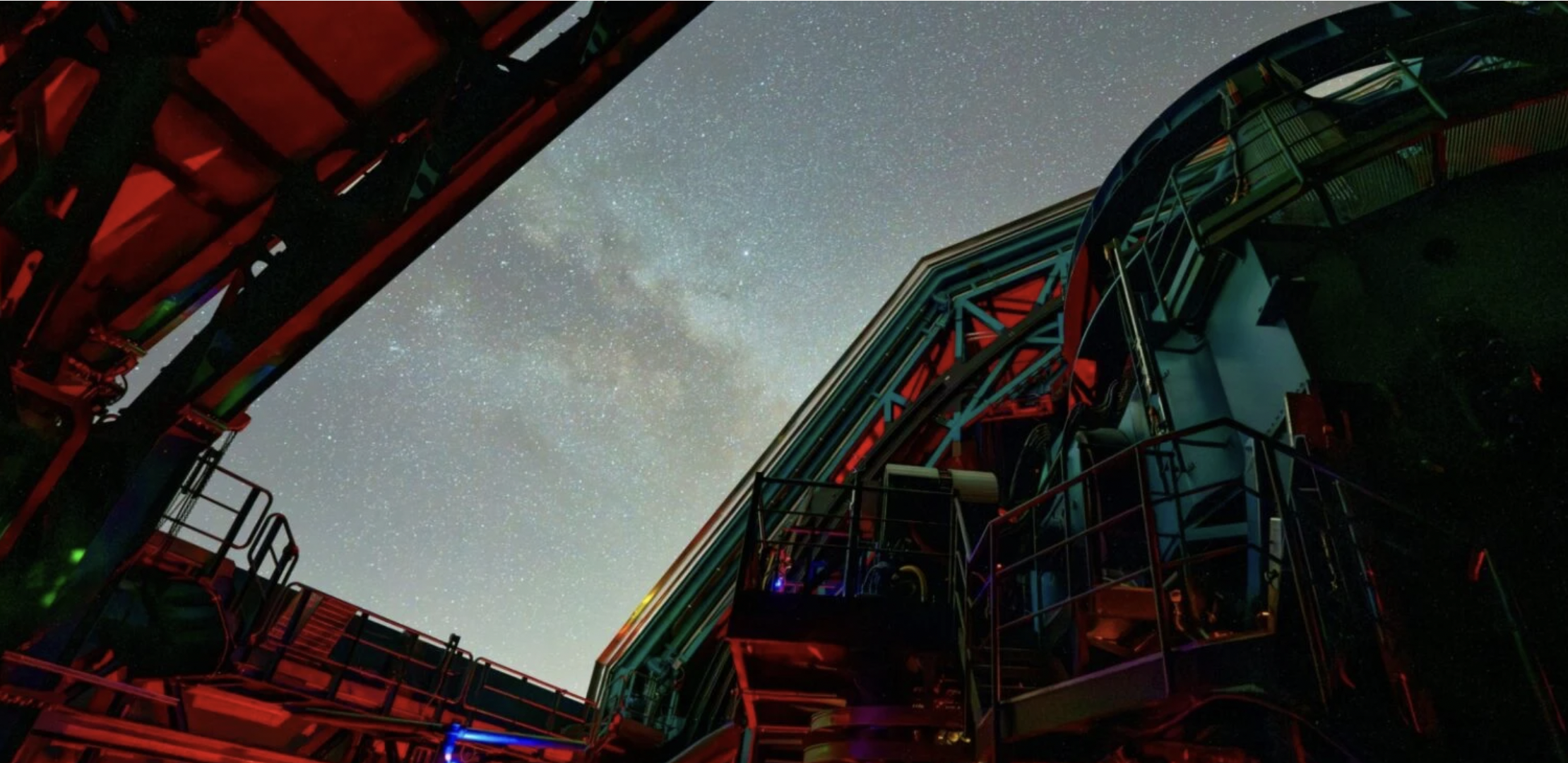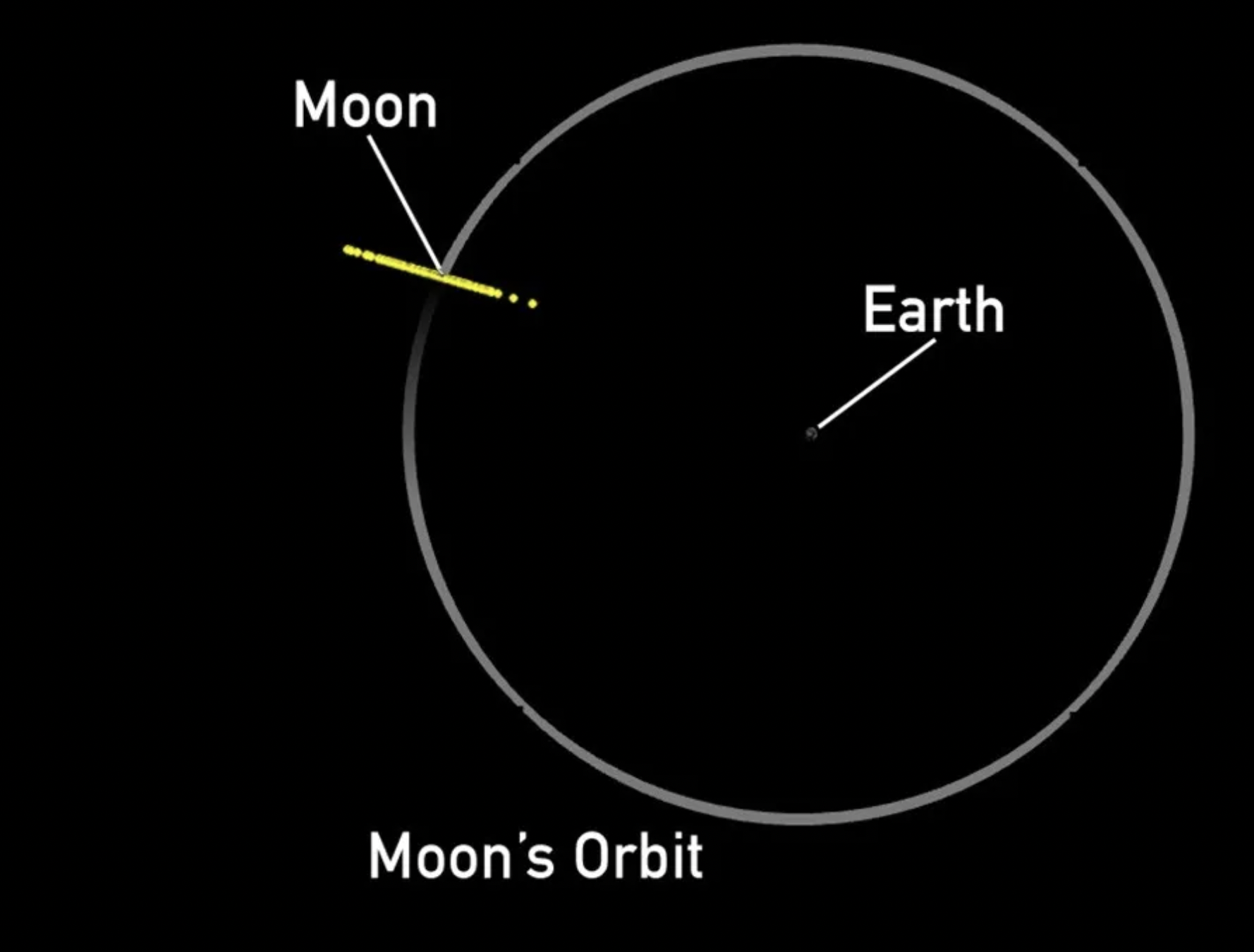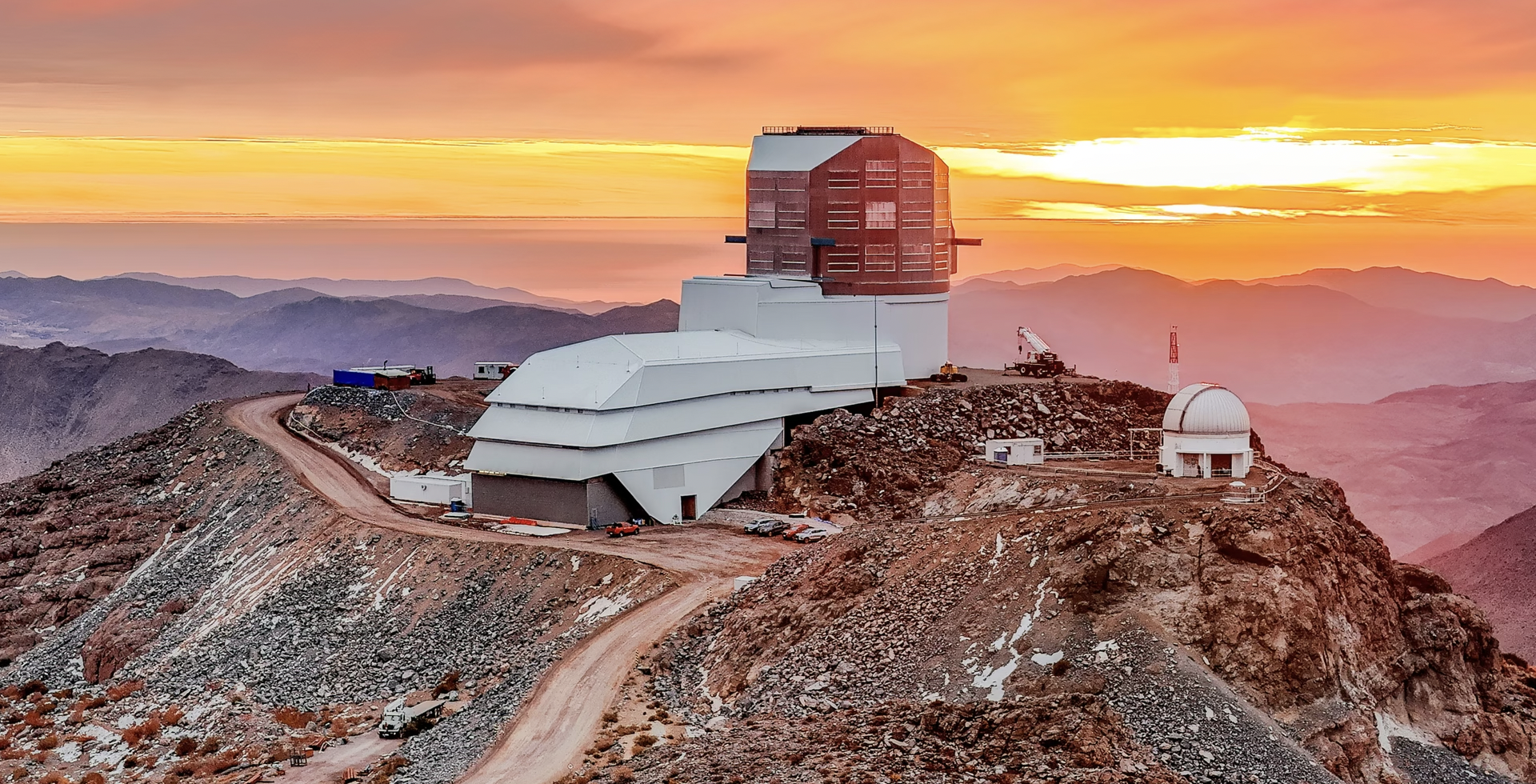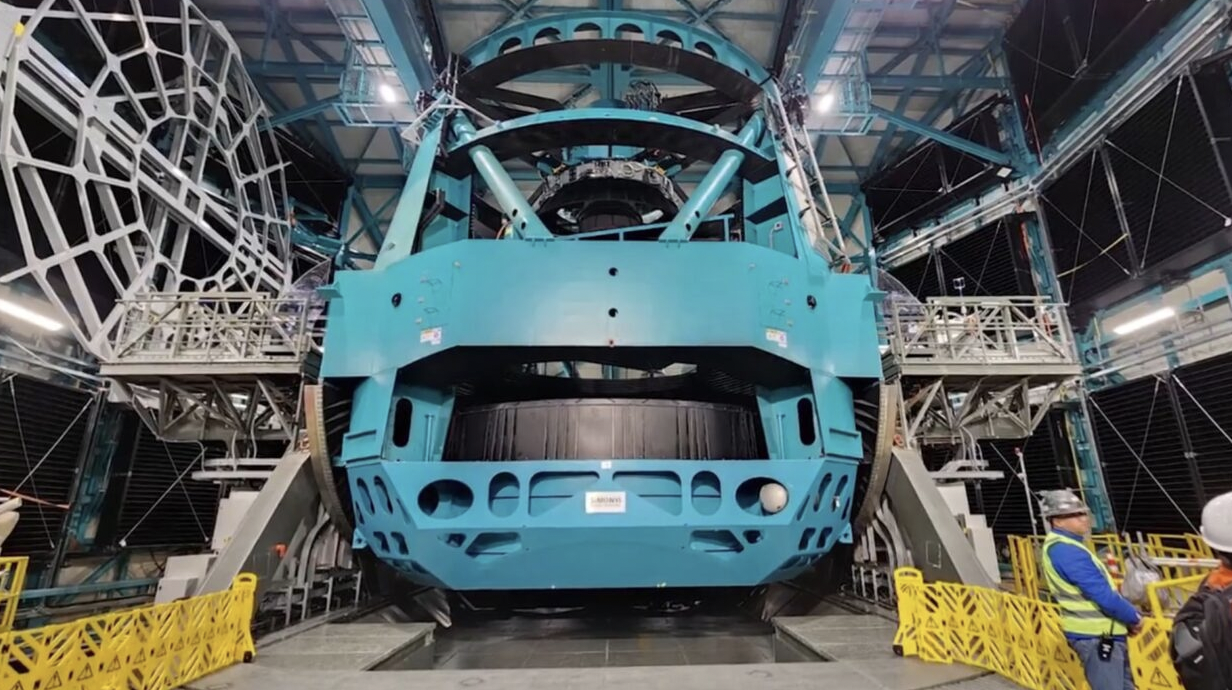It’s been more than two decades since the University of Washington helped kick off the effort to get the Vera C. Rubin Observatory built in Chile — and now that it’s finished, UW astronomers are gearing up to get in on the first decade of discoveries.
The university’s role in the past, present and future of the Rubin Observatory and its 10-year Legacy Survey of Space and Time, or LSST, literally took center stage in front of a packed house at UW’s Kane Hall on Thursday night.
